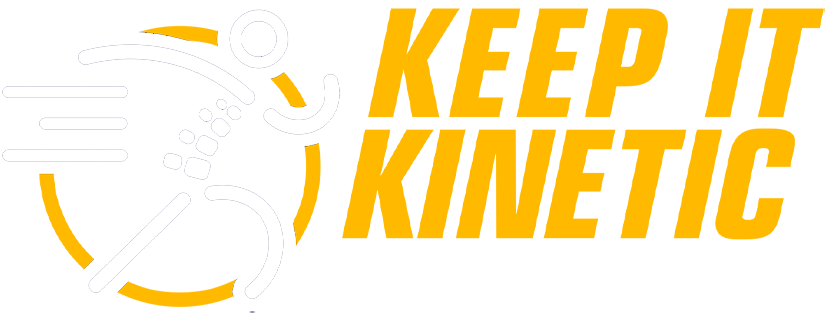Customized Recovery Strategies for Sports Injury Rehabilitation
Sports injuries can set you back, but did you know that a customized recovery program can significantly speed up your rehabilitation? This post will guide you through understanding the importance of personalized recovery strategies and how to assess your specific sports injury, whether it's an anterior cruciate ligament tear or a sprain. By implementing tailored physical therapy techniques, you'll learn how to manage inflammation and alleviate issues like back pain effectively. Engage with this content to gain the knowledge needed for a successful return to your sport, no matter the challenge.
Key Takeaways
- tailored physical therapy addresses individual needs for effective injury recovery and prevention
- assessing biomechanics enhances rehabilitation strategies and minimizes the risk of re-injury
- setting personal recovery goals increases patient motivation and engagement in the rehabilitation process
- incorporating advanced therapies and technology accelerates healing and promotes overall physical wellness
- open communication with the therapy team fosters a supportive environment for successful recovery
Understanding the Importance of Customized Recovery Programs
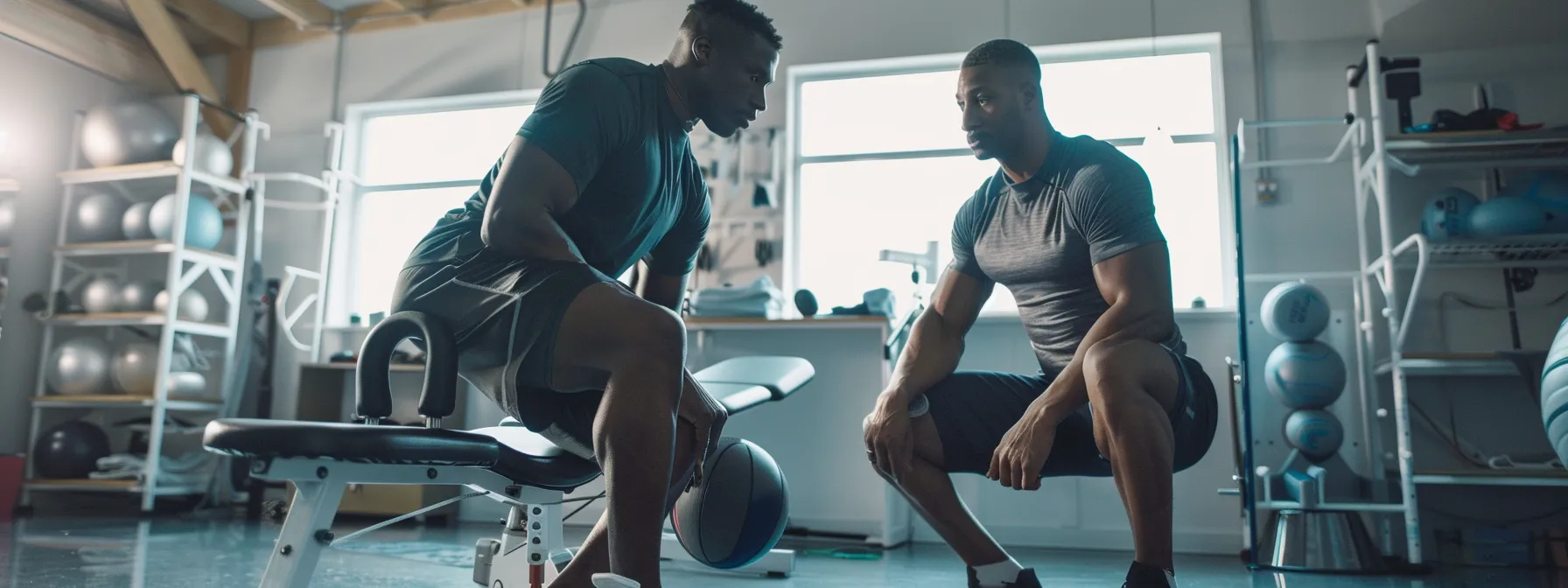
Recognizing the limitations of generic rehabilitation, I focus on the unique needs of each patient. Tailored **Chiropractic Services** not only addresses specific injuries, such as knee pain, but also aids in pain management and injury prevention. By enhancing healing through personalized strategies, I ensure an effective recovery journey for athletes returning to their sport using Chiropractic Care Insights.
Recognizing the Limitations of Generic Rehabilitation
Generic rehabilitation programs often overlook **Chiropractic Care Insights** and the individual biomechanics and specific motion patterns of each athlete. For instance, **Chiropractic Services**, a one-size-fits-all approach may not effectively address issues related to an ankle injury, as every athlete possesses unique movement dynamics. Without recognizing and adapting to these personal factors, recovery can become prolonged, leading to frustration and a higher risk of re-injury.
In my **Chiropractic Services** practice, I emphasize the significance of customizing recovery strategies, particularly by integrating techniques like dry needling and targeted therapeutic exercises. By devising programs that focus on the specific demands of a sport and the mechanical nuances of the body, I can enhance the healing process. This **Chiropractic Care Insights** tailored methodology not only tackles the specific injury but also promotes comprehensive physical health, essential for athletes aiming to return to peak performance in their sport.
Emphasizing the Benefits of Tailored Physical Therapy
Tailored physical therapy plays a crucial role in addressing individual needs during the rehabilitation process. For instance, when working with athletes recovering from a sprained ankle, I employ **Chiropractic Services** specific techniques, including manual therapy, to restore mobility and reduce stress on the surrounding tissue Chiropractic Care Insights. This focused approach not only accelerates healing but also ensures that the athlete regains strength and confidence in their movements, minimizing the risk of future injuries.
Moreover, **Chiropractic Services** Chiropractic Care Insights goes beyond just treating existing injuries; it proactively addresses potential areas of weakness. By assessing the athlete's unique biomechanics, I create rehabilitation programs that strengthen vulnerable tissues and enhance overall performance. This personalized strategy is essential for athletes who want to sustain their competitive edge while fostering long-term physical well-being.
Enhancing Healing Through Personalized Strategies
To enhance healing for sports injuries, I prioritize personalized strategies that focus on crucial elements like strength training and **Chiropractic Services** ultrasound therapy. For instance, when addressing a rotator cuff injury, I design specific strength training exercises to improve the range of motion while preventing further damage. This targeted approach not only fosters recovery but also empowers athletes to regain confidence in their movements.
Additionally, I incorporate modalities like ultrasound to accelerate tissue healing and reduce inflammation. By understanding each athlete’s unique injury mechanics and recovery goals, I can create an effective therapy plan that addresses **Chiropractic Services** their specific needs. This customized effort leads to quicker recovery times and better performance, ensuring athletes are ready to return to their sport stronger and more resilient.
Every injury tells a story, and understanding yours is the first step toward healing. Let’s dive into how to assess your specific sports injury and find the right path forward.
Assessing Your Specific Sports Injury
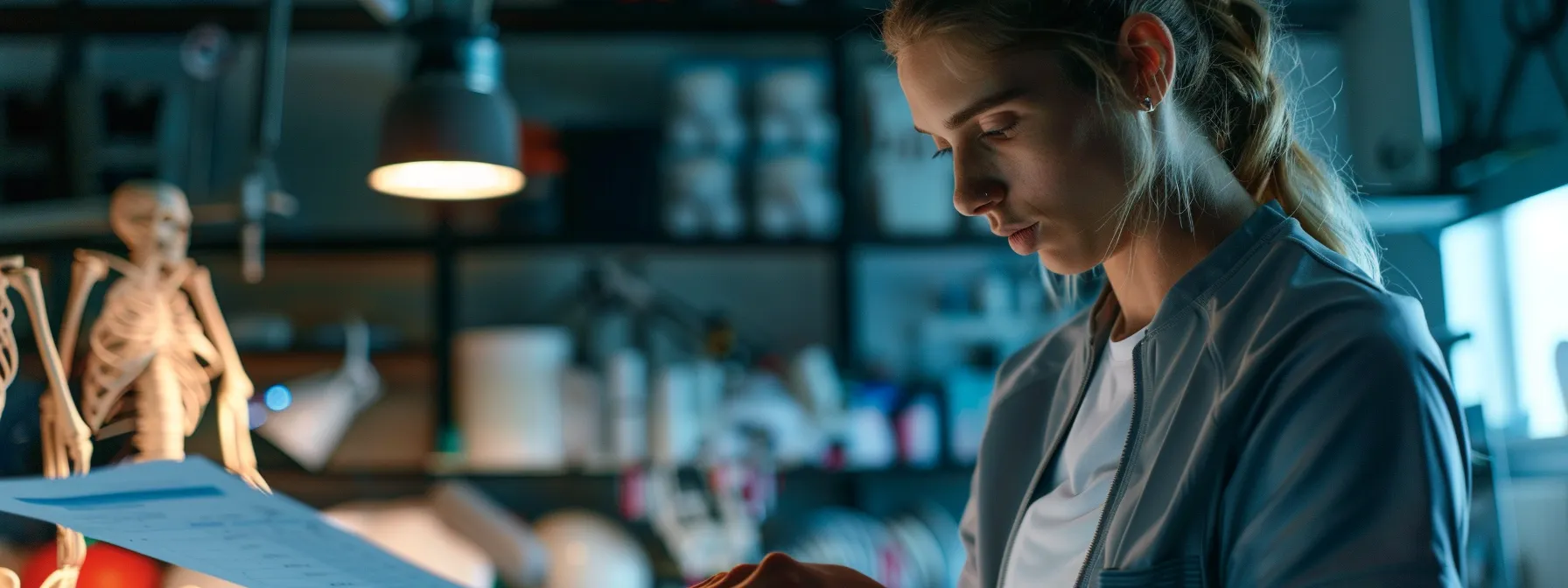
Assessing your specific sports injury is crucial in developing effective **Chiropractic Care Insights**. I evaluate the severity of your shoulder or wrist injury and its impact on your performance. Together, we identify your personal goals for recovery and collaborate with specialists for optimal care, ensuring a comprehensive approach to pain management and ligament rehabilitation.
Evaluating the Severity and Impact on Performance
When evaluating the severity of your sports injury, I consider your specific symptoms and how they are affecting your performance. For instance, if you're experiencing chronic pain due to a stress fracture, it's essential to understand how this condition might limit your range of motion and overall strength. This comprehensive evaluation allows me to work with you and your physician to devise a targeted recovery plan tailored to your unique needs.
Your muscle function and its impact on daily activities are crucial in our assessment process. If neck pain is preventing you from executing essential movements in your sport, I ensure that we address this issue head-on. By focusing on these key areas, I can create a customized approach that not only tackles your current injury but also reinforces your overall physical health, setting the stage for a successful return to peak performance.
Identifying Personal Goals and Recovery Aspirations
Identifying personal goals for recovery is a key step in the rehabilitation process, especially when addressing a sports injury. As a patient, it’s essential to understand what you would like to achieve, whether it’s overcoming hip pain or regaining full joint mobility. By setting clear recovery aspirations, I can create a focused rehabilitation program tailored to your individual needs, ensuring that we work towards your specific objectives from the very beginning.
In my experience, patients who articulate their recovery goals are often more motivated and engaged in the rehabilitation process. Whether you want to return to a particular sport or simply improve your overall joint function, I encourage open discussions about these aspirations. This dialogue allows me to adjust therapy approaches effectively and provide the necessary support to help you overcome your injury:
- Assess the specific sports injury and its impact on daily activities.
- Discuss personal recovery goals and aspirations with the patient.
- Create a tailored rehabilitation program based on the patient's needs.
Collaborating With Specialists for Optimal Care
Collaborating with specialists greatly enhances the evaluation process for a rotator cuff tear. By working closely with orthopedic doctors, I ensure a comprehensive understanding of the injury, which allows us to create a tailored physical therapy plan. This collaboration includes discussing specific treatment options like aquatic therapy, which can provide a gentle, supportive environment for rehabilitation while improving proprioception and overall shoulder stability.
In addition to medical specialists, I find it beneficial to engage with athletic trainers and exercise physiologists during the recovery journey. Their insights help me develop targeted exercises that focus on restoring strength and range of motion following injury. With all parties working together, I can better address your unique needs and guide you toward an effective recovery path:
- Engage with specialists for thorough injury evaluation.
- Incorporate strategies like aquatic therapy for effective rehabilitation.
- Focus on specific exercises that enhance proprioception and recovery.
You've assessed your injury and know what you're up against. Now, let's create a personalized plan to get you back to your best self.
Designing a Personalized Physical Therapy Plan
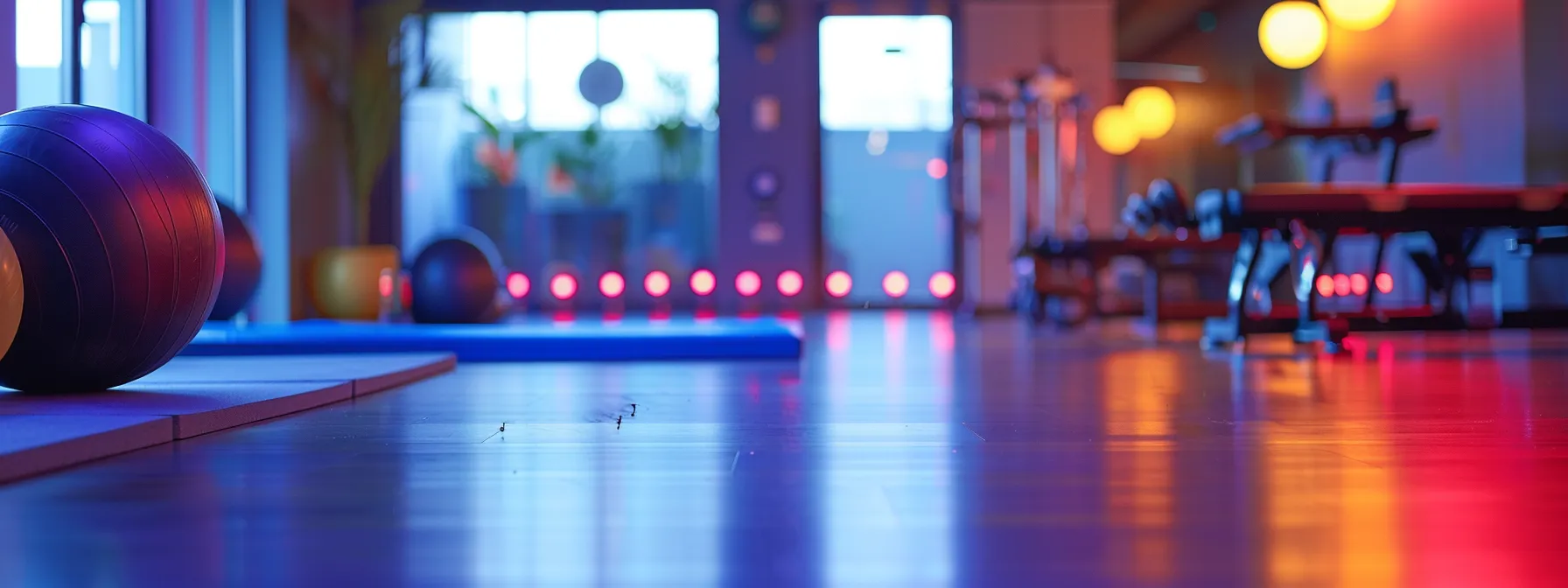
Selecting techniques suited to your injury is a critical step in designing a personalized physical therapy plan. I focus on incorporating sport-specific movements and exercises to enhance your recovery, particularly targeting areas like the hip and improving flexibility. Additionally, I prioritize scheduling sessions that align with your lifestyle to accommodate any balance disorders or gait issues. This tailored approach ensures we effectively address your unique needs throughout your rehabilitation journey.
Selecting Techniques Suited to Your Injury
Selecting techniques suited to your specific injury is critical in fostering a successful recovery. For example, if you’re dealing with an elbow strain, I focus on exercises that enhance flexibility and strength around the joint to prevent further risk of injury. Incorporating targeted athletic training can help you regain mobility and function, allowing you to safely return to your sport without hesitation.
In cases involving more complex injuries, such as those requiring joint replacement, I tailor my approach to address the unique demands of your recovery. This includes selecting low-impact movements that reduce strain on the healing joint while promoting overall strength and stability. By prioritizing personalized techniques for your rehabilitation, I ensure a targeted path that aligns with your recovery goals, guiding you toward optimal performance.
Incorporating Sport-Specific Movements and Exercises
Incorporating sport-specific movements and exercises into my rehabilitation plans is fundamental for effectively addressing injuries such as shin splints or knee pain. By focusing on activities that mimic the motions required in your sport, I can enhance your endurance and functional strength. For instance, if you're a runner suffering from shin splints, I include dynamic stretches and drills that target the lower leg muscles to promote healing while preventing future issues.
Additionally, using techniques like myofascial release can help to alleviate tension in key muscle groups, supporting better movement mechanics. When I assess your foot structure, I may suggest orthotics to improve alignment and reduce strain on the knees. This personalized approach not only speeds up recovery but also builds confidence, empowering you to engage fully in your sport with a well-rounded understanding of how your body moves.
Scheduling Sessions to Align With Your Lifestyle
When scheduling sessions for your physical therapy, I emphasize the importance of aligning with your lifestyle and personal commitments. Flexibility in session timings can significantly impact your recovery journey. For instance, I work with athletes who have demanding training schedules to find times that seamlessly integrate with their routines. This commitment to accommodating your life ensures that you can consistently engage in training without sacrificing your quality of life during recovery.
Additionally, prioritizing session times that enhance your agility and balance is crucial. I suggest scheduling appointments when you feel most energetic and mentally prepared, which can maximize the effectiveness of each session. This personalized approach not only targets your soft tissue recovery but also empowers you to maintain your fitness levels, ensuring a smoother transition back to your sport while supporting your overall wellness.
With a solid plan in hand, it’s time to take action. Let’s delve into the techniques that will guide you through your recovery, step by step.
Implementing Customized Rehabilitation Techniques

Utilizing advanced therapies is essential in my clinic to enhance recovery from injuries like tendon strains or concussions. I adjust interventions based on your progress, ensuring that each step supports your unique journey back to full health. Additionally, I integrate technology and equipment tailored to you, addressing any disabilities while promoting effective physical rehab strategies that get you back on track.
Utilizing Advanced Therapies for Enhanced Recovery
At Kik Chiropractic Services, I focus on utilizing advanced therapies to enhance the recovery process for sports injuries. By integrating modalities like active release techniques and muscle stimulation, I can accelerate healing and increase strength, tailored to your specific condition. These chiropractic services are designed to address not just immediate pain but also the underlying factors contributing to your injury, promoting long-term functional improvement.
In addition to hands-on therapies, I provide Ergonomic Advice to help prevent re-injury in everyday life. Understanding how to adjust your movements and optimize posture can significantly support recovery and enhance your overall physical wellness. If you have questions about the Conditions Treated or want to learn more about how these advanced techniques can assist in your rehabilitation, I encourage you to Contact Us for personalized guidance and support.
Adjusting Interventions Based on Progress
As I guide you through your rehabilitation, continuously adjusting interventions based on your progress is essential. For example, if I notice significant improvement in your mobility, I might increase the intensity of our Therapeutic Ultrasound sessions to further enhance tissue healing. Additionally, incorporating Nutritional Therapy alongside physical techniques supports your recovery by ensuring your body receives the necessary nutrients for optimal healing, helping you regain strength more effectively.
Regular evaluations of your condition allow me to tailor the strategies that best meet your needs. If an injury is responding well to chiropractic care, I may introduce more advanced strength training exercises to build resilience in the affected area. My goal is always to empower you on your recovery journey, emphasizing that each step taken contributes to your overall success and readiness to return to your sport with confidence.
Integrating Technology and Equipment Tailored to You
Integrating technology and equipment tailored to your specific needs is a vital part of my rehabilitation approach. For instance, I utilize specialized devices like electrical stimulation units to enhance muscle recovery and improve endurance. By assessing your unique condition, I can select the right technology that not only complements your treatment but also fosters a faster return to your sport.
In my practice, I also incorporate tools such as motion analysis software, which allows me to monitor your movements closely. This technology helps identify any imbalances or inefficiencies, enabling us to adjust your therapy plan accordingly. By using equipment that aligns with your individual rehabilitation goals, I ensure that each session is focused on achieving optimal results for your recovery.
As we put these tailored techniques into action, we must also keep a close watch on how they work. Adjusting our approach is key to ensuring steady progress toward recovery.
Monitoring Progress and Fine-Tuning Strategies
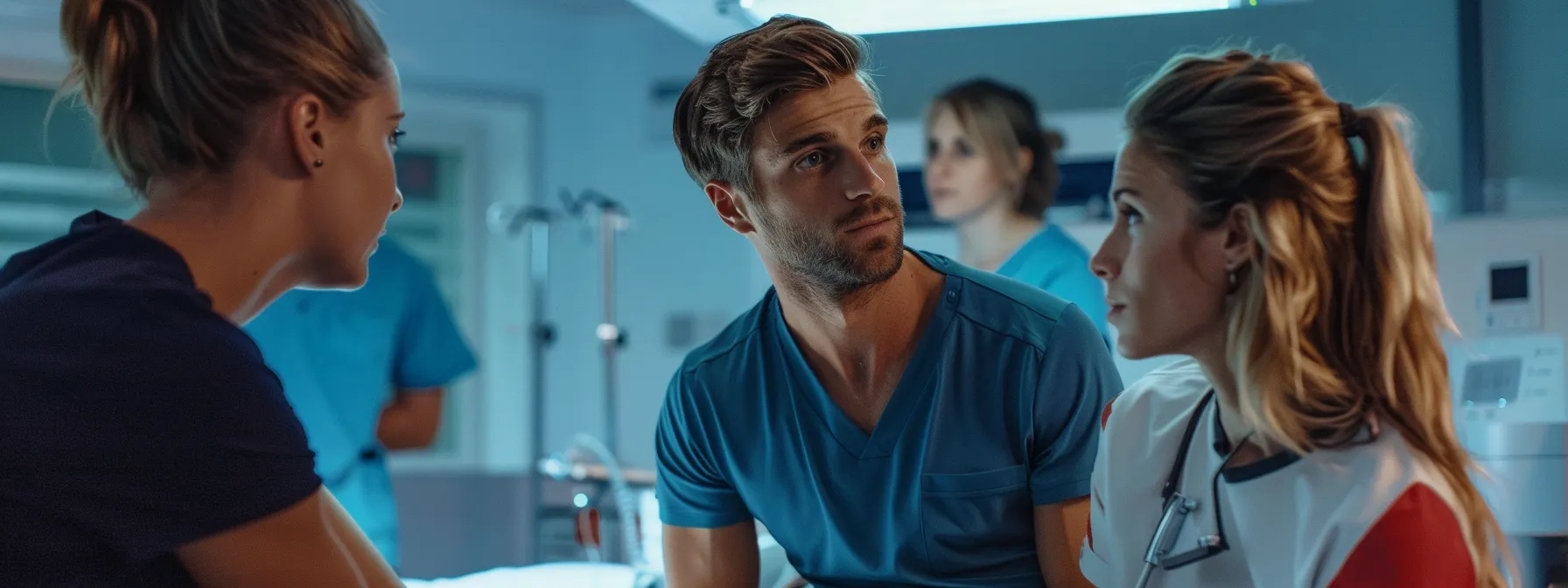
Monitoring your progress is essential for successful sports injury rehabilitation. I emphasize tracking improvements and celebrating milestones to motivate you on your recovery journey. When setbacks arise, I implement adaptive approaches to keep you moving forward. Open communication with your therapy team ensures we can address any concerns and fine-tune strategies for optimal results tailored to your specific needs.
Tracking Improvements and Celebrating Milestones
Tracking improvements is an essential part of your sports injury rehabilitation journey. I monitor your progress closely, noting changes in strength, flexibility, and mobility. Each session provides an opportunity to celebrate even small victories, which helps build your motivation to continue working toward recovery.
Celebrating milestones fosters a positive mindset, making the rehabilitation process more enjoyable. Recognizing your achievements, whether it's regaining full range of motion or completing a challenging exercise, reinforces your commitment to recovery. Together, we can create a roadmap of your progress, helping you stay focused on your goals:
- Set specific recovery milestones to track progress.
- Celebrate achievements to maintain motivation.
- Regularly adjust rehabilitation strategies based on improvements.
Addressing Setbacks With Adaptive Approaches
When setbacks occur during your rehabilitation process, I find it essential to adapt our strategies to keep you moving forward. If you hit a plateau in your recovery or experience new discomfort, I will reassess your program and make necessary adjustments. This proactive approach ensures that we address any challenges, enabling you to stay motivated and focused on your long-term goals.
Communication plays a key role in overcoming obstacles. I encourage you to openly share any concerns or changes in your condition during our sessions. By working collaboratively, we can implement modifications that not only address the current setback but also enhance the overall effectiveness of your customized recovery plan. Together, we will navigate these challenges and keep you on track for a successful return to your sport.
Keeping Open Communication With Your Therapy Team
Keeping open communication with your therapy team is essential in your recovery journey. I encourage you to share any concerns or changes in your condition. This feedback allows us to adjust our strategies effectively, ensuring that we are always working toward your specific rehabilitation goals.
Regular dialogues help me understand your progress and any potential setbacks you may face. By discussing how you feel physically and emotionally, we can collectively navigate challenges and adapt your personalized recovery plan. This collaboration fosters a supportive environment, making your rehabilitation process smoother and more effective:
- Encourage sharing of concerns and symptoms with the therapy team.
- Facilitate regular discussions about progress and setbacks.
- Adapt recovery strategies based on patient feedback.
As progress unfolds, the focus shifts to the next challenge: returning to the game. It’s time to lay the groundwork for a safe comeback, ensuring strength and readiness to compete again.
Preparing for a Safe Return to Sports
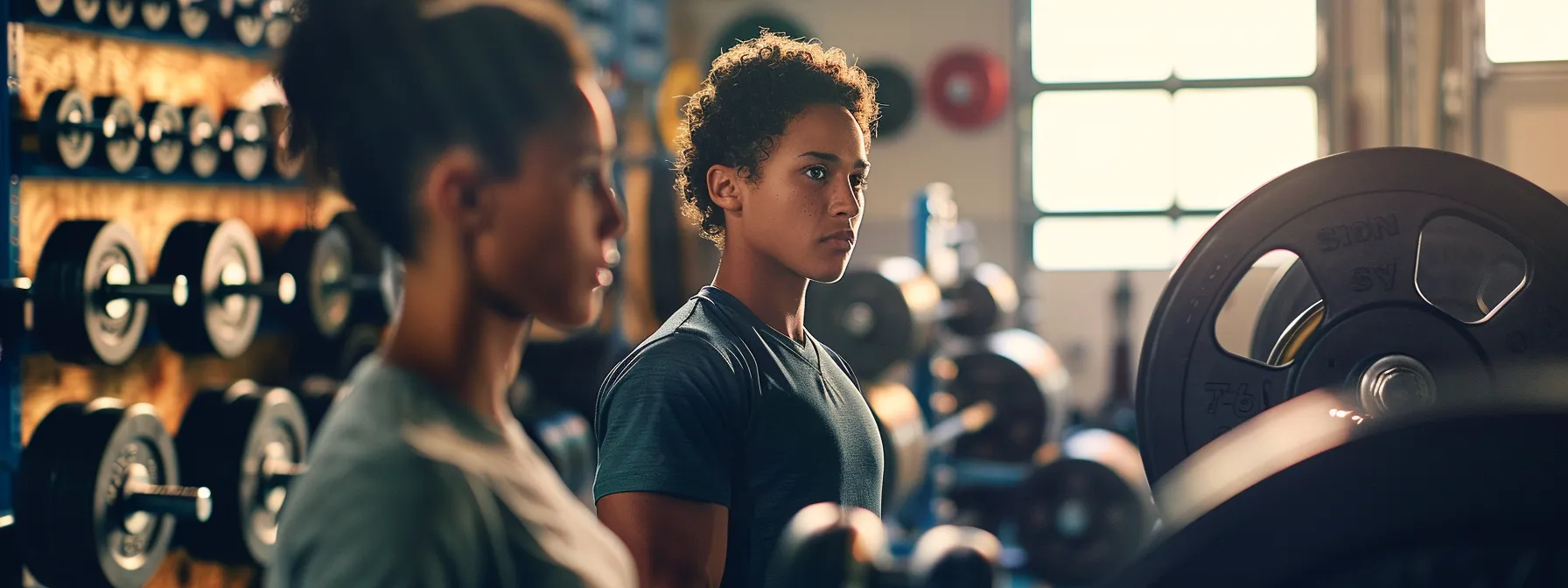
Building strength and preventing future injuries are key components of my rehabilitation approach as we prepare for your return to sports. I focus on educating you about proper techniques and body mechanics, ensuring you can perform movements safely. Additionally, we’ll establish long-term wellness and performance goals, setting the foundation for a successful and resilient athletic future.
Building Strength and Preventing Future Injuries
Building strength is essential in my rehabilitation approach, as it directly contributes to preventing future injuries. I focus on targeted strength training exercises that promote stability in the muscles surrounding the injured area. For example, after a knee injury, I guide you through specific drills that not only enhance muscle endurance but also improve your overall functional movement, allowing you to return to your sport with greater confidence.
Additionally, I emphasize the importance of educating you about injury mechanics and proper body mechanics. Understanding how to perform movements safely can significantly reduce the risk of re-injury. By developing personalized strength programs that align with your specific sport, I help you build a solid foundation for long-term performance, ensuring that you can compete at your best while staying injury-free.
Educating on Proper Techniques and Body Mechanics
In my practice, I emphasize the importance of educating patients about proper techniques and body mechanics to ensure a safe return to sports. I teach you how to execute movements correctly, which not only aids in rehabilitation but also significantly reduces the risk of re-injury. For example, practicing correct foot placement during running can help prevent stress on the knees and ankles, allowing you to move more naturally as you get back into your sport.
Additionally, I focus on demonstrating how understanding your body’s mechanics can empower you to make smarter choices in your training and daily activities. I guide you through exercises that promote awareness of your posture, balance, and alignment. By instilling this knowledge, I aim to equip you with the tools necessary to maintain optimal body mechanics, fostering both your recovery and long-term athletic performance.
Establishing Long-Term Wellness and Performance Goals
Establishing long-term wellness and performance goals is essential for every athlete I work with. As we focus on your recovery from a sports injury, I encourage you to think beyond just returning to play. Together, we can define clear objectives that encompass not only physical rehabilitation but also overall health and performance enhancement. This holistic approach helps ensure that you regain strength, improve endurance, and remain injury-free in the future.
In my experience, when you feel involved in setting these personal goals, it boosts your motivation and commitment to the rehabilitation process. For example, if you aspire to run a marathon or improve your agility on the field, we will create a tailored plan that addresses the specific skills and strength required for those activities. This focus on long-term success reinforces your resilience and confidence, preparing you for a safe and triumphant return to your sport.
Conclusion
Customized recovery strategies are essential for effective sports injury rehabilitation. By tailoring programs to individual needs, I address specific injuries and biomechanics, which accelerates healing and minimizes the risk of re-injury. Engaging in personalized therapy not only supports recovery but also empowers athletes to regain strength and confidence, ultimately enhancing their overall performance. Prioritizing these tailored approaches fosters long-term wellness and prepares individuals for a safe return to their sport with resilience.
